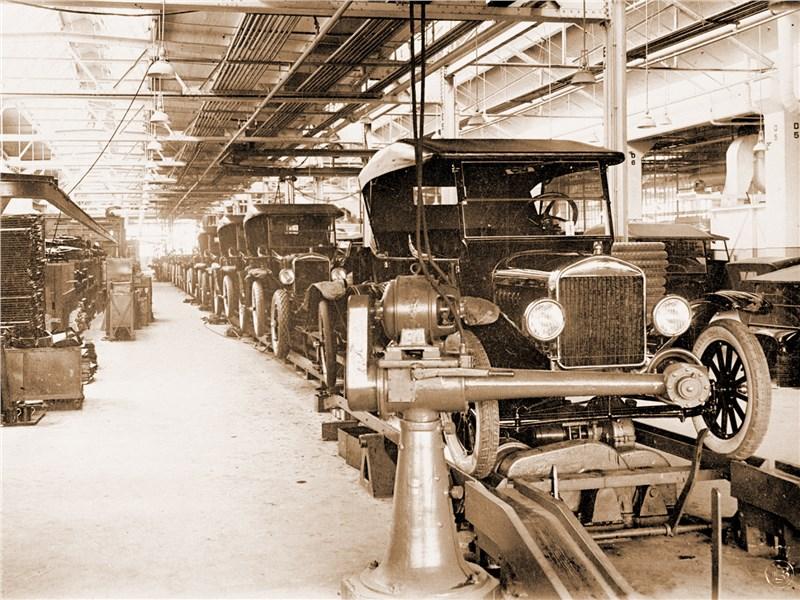
History of Ford's Geelong plant

The last Falcon ute rolled off the Geelong production line in July 2016.
It's hard to imagine now, but in the earliest days of the Australian auto industry, the Ford brand was represented by a rather motley group of dealers and importers trying to sell to each other.
Eventually hierarchies began to develop, and as we became more dependent on Canadian-made Ford products (which were right-hand drive and part of the empire), the Detroit headquarters began to look at the Australian facility.
Things got even worse when the Australian government began imposing tariffs to protect local industry. These tariffs meant that fully imported cars (and many other imported goods) cost more here.
In typical Henry Ford fashion, the company decided that if it could bring Ford cars to Australia as kits and assemble them here with local labor, the end product could be sold at a lower and more competitive price.
When this decision was made around 1923 or 1924, Ford's main criteria for locating this new assembly plant was that the facility should be in or near a decent-sized city with a good supply of labor, and it should have a deep water port for delivering kits to the country by ship.
Luckily, the fourth largest city in Australia at the time, Geelong, located on Corio Bay, had both of these things.
A couple of years later it was sort of running, and on July 1, 1925, Australia's very first assembled Model T rolled off the end of Geelong's rather primitive 12-meter assembly line housed in a rented woolen room. shop on the outskirts of the city center.
 Plant under construction at Geelong, October 1925.
Plant under construction at Geelong, October 1925.
But it was better to come as part of a grand plan with 40 hectares of land owned by the Geelong Harbor Trust and already home to a pub and (another) old wool shop bought and turned into what would be assembly, stamping and casting. the plant until 1925 was out of order.
Still standing in Geelong's outer suburb of Norlane, this charming red brick building is known simply as Ford's Geelong plant.
In the end, Ford decided that building all the cars in Geelong and transporting them across the country wasn't the best option. Thus, during the first 18 months of local assembly, the company opened assembly plants in Queensland (Eagle Farm), Sydney (Homebush), Tasmania (Hobart), South Africa (Port Adelaide) and Washington (Fremantle).
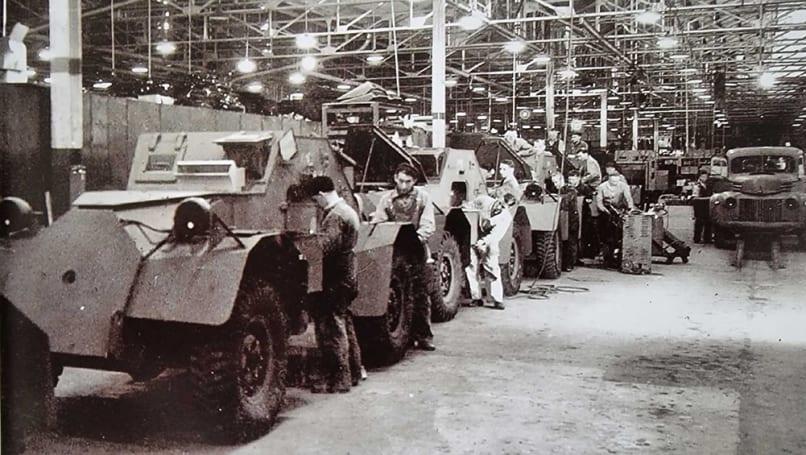 During World War II, Ford made military vehicles in Geelong.
During World War II, Ford made military vehicles in Geelong.
All of them were open before the end of 1926, which was an amazing achievement. But it remains that the Geelong plant was Ford's original assembly plant in that country.
Eventually, of course, Ford Australia went from a car assembler to a mere manufacturer, at which point old-fashioned small factories like Geelong simply couldn't handle the new processes or imaginary volumes.
That's why, in the late 1950s, Ford purchased 180 hectares of land at Broadmeadows on the northern outskirts of Melbourne and set about building a new headquarters and manufacturing facility.
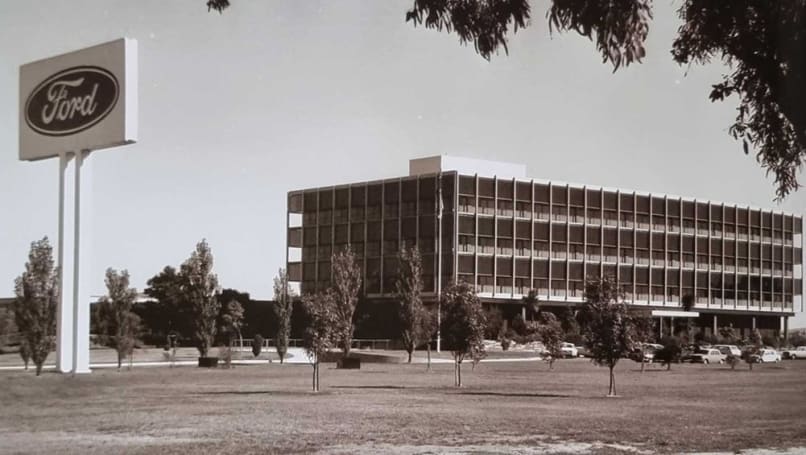 Ford headquarters in Broadmeadows, 1969
Ford headquarters in Broadmeadows, 1969
As the new plant is in full swing for the first local production of the 1960 Falcon, the work of producing the six-cylinder and V8 engines for our Ford vehicles has fallen to the existing Geelong plant, and the red brick has been recycled to cast and machine engines destined for manufactured and assembled in Australia Falcons, Fairlanes, Cortinas, LTDs, Territories and even F100 pickups.
Although local engine production was scheduled to close in 2008, the decision was eventually made to continue producing six-cylinder engines until Ford ceased production in that country on October 7, 2016.
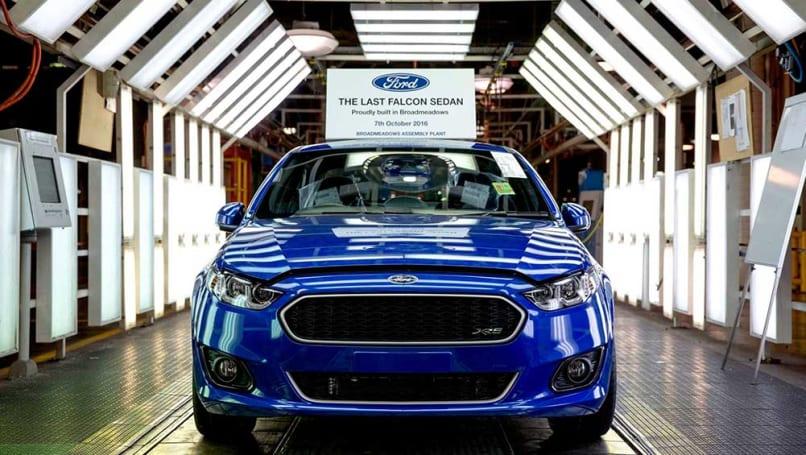 The last Ford Falcon sedan.
The last Ford Falcon sedan.
In May 2019, it was finally announced that something was going on with the Geelong plant, which had been more or less idle since production stopped.
It was revealed that developer Pelligra Group would acquire the Broadmeadows and Geelong sites and convert them into manufacturing and technology hubs.
Pelligra reportedly contributed $500 million to the refurbishment, on top of an undisclosed (though rumored to be over $75 million) purchase amount.
Pelligra is also the company that had acquired the Holden Elizabeth plant outside Adelaide two years earlier with similar plans to establish a manufacturing and technology center.
But while this is being written, it is difficult to find information on the scale of the reconstruction process.
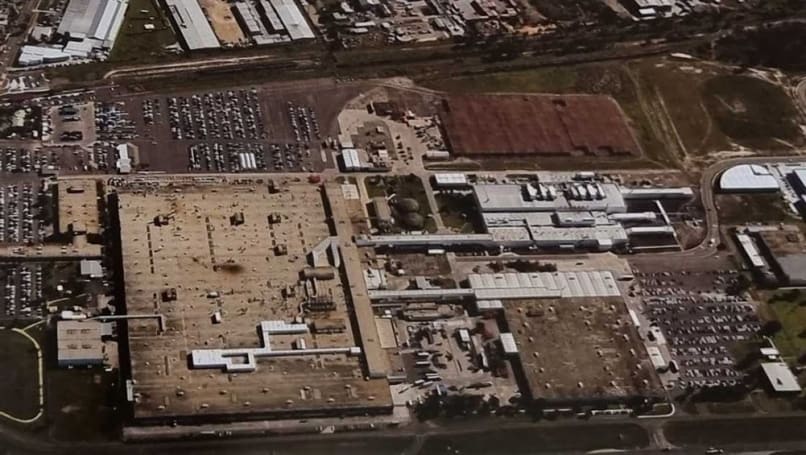 Aerial view of the Broadmeadows site showing Plant 1, Plant 2 and the paint shop.
Aerial view of the Broadmeadows site showing Plant 1, Plant 2 and the paint shop.
We have reached out to Pelligra for comment, but there has been no response on this issue, nor on the state of the critical tenant situation.
What we can tell you is that the old Ford plant seems to be continuing its tradition of looking after the people of Geelong.
As part of the Victorian government's response to Covid, an old Ford plant has become a mass vaccination hub. Perhaps a fitting role for such an important part of Ford's history in Australia and an institution so deeply connected to the local community.
But here's more evidence that Ford and Geelong will always be connected. In 1925, Ford agreed to sponsor the Geelong Cats AFL (then VFL) football club.
This sponsorship continues to this day and is considered the longest continuous sponsorship of a sports team in the world.
And just to prove the association's merit, that same year (1925) Geelong won his first premier title, beating Collingwood by 10 points in front of an MCG audience of 64,000.
